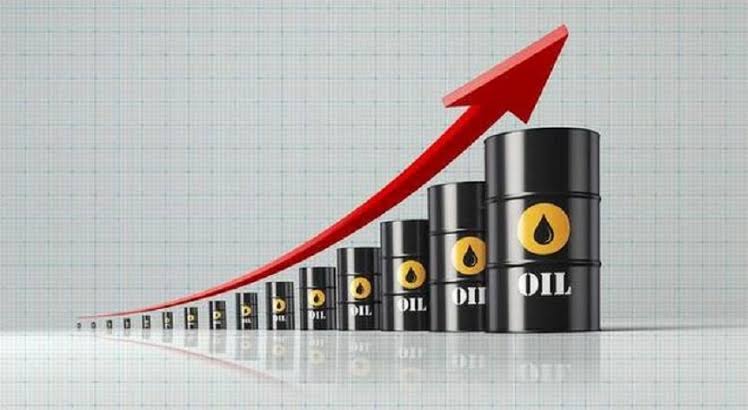Exxon and Chevron both released their oil quarterly earnings last week on 27 October.
Crude Oil prices are at relatively high levels compared to the last 5 years,
which can be seen in the below extract from Capnote and the below 5 year chart from Trading Economics.

As such, going into Q3 earnings, many investors expected only good news with reports full of gains from higher income.
However, these expectations were not met with Chevron and Exxon Mobil stock price falling last week by -12% and -5% respectively. Why were investors caught by surprise?
Below, we outline 2 key lessons that can be noted from listening to these recent earnings calls
as well as reading company and analyst reports.
Also Read; Discover More Of The Defense Industry Value Chain

Check For Risks Related To Increased Costs: Higher crude oil prices are positive for company’s top line revenue.
However, the petroleum business is highly capital intensive,
so it’s important to constantly check for scenarios that would drive up capital expenditure (capex) or operating expenditure (opex).
Meanwhile Higher geopolitical risk can cause oil prices to rise but this can also translate into cost increases
as supply chains get stressed or sub-optimal transportation and evacuation channels are used.
Key Learnings From Big Oil Earnings
For example, Tengiz Chevroil is a mega project which is expected to cost $49.5 billion
and is owned by a number of companies including Chevron, ExxonMobil, Shell and Eni among others.
Also, Analysts and ratings agencies have previously outlined risks of disruption to the project from the Russia-Ukraine war.
These risks appear to be materializing as Chevron stated in their recent earnings call that total project cost is expected to increase between 3% to 5% and oil production is likely to be lower in 2024 than projected.
Plan For An Increased Probability Of Acquisitions:When crude oil prices are high, big oil companies are more likely to sanction large acquisitions
with meaningful capacity to increase their reserves and future production.
For example, on Oct 23 Chevron announced an agreement to acquire Hess Corporation for $53 billion with expected transaction close in the first half of 2024.
On Oct 11, Exxon Mobil announced its merger with Pioneer Natural Resources for $59.5 billion.
Large acquisitions can be beneficial for growth. However, they also come with additional risks related to integration, changing industry conditions, increased costs and more.
The markets reactions to large acquisitions can be volatile and unpredictable. In addition, the economics around these acquisitions require long term planning with a lot of uncertainty around crude oil prices in the future.
This does not mean the acquisitions will not be beneficial. However it is worth carefully considering your investment time horizon and ability to properly assess or monitor risks.
As such, when considering oil companies, it’s important to note that even during periods of high oil prices, adequate risk management is essential.
Capnote’s smart tools can provide some assistance with this.

